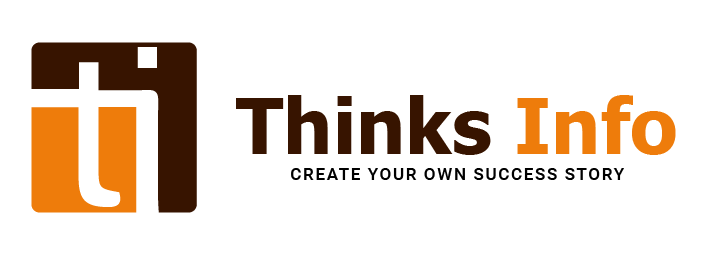Tailbone pain after childbirth is a common issue that many women experience. This discomfort is often due to the strain and pressure placed on the tailbone (coccyx) during labor and delivery. Here’s an overview of tailbone pain after birth, its causes, and tips for management:
Causes of Tailbone Pain After Birth:
- Labor and Delivery: The process of childbirth, especially during vaginal delivery, can exert significant pressure on the tailbone as the baby moves through the birth canal.
- Positioning During Labor: Prolonged periods of sitting or lying down during labor, or certain birthing positions that put pressure on the tailbone, can contribute to postpartum tailbone pain.
- Trauma or Injury: In some cases, the tailbone may be bruised or injured during delivery, particularly if forceps or vacuum extraction is used or if there is a rapid delivery.
- Hormonal Changes: Changes in hormone levels postpartum can affect ligaments and joints, potentially exacerbating discomfort in the tailbone area.
Management and Relief of Tailbone Pain:
- Pain Medication: Over-the-counter pain relievers like acetaminophen (Tylenol) or ibuprofen (Advil, Motrin) can help reduce inflammation and alleviate discomfort. Always check with your healthcare provider before taking any medication, especially if breastfeeding.
- Ice Packs: Applying ice packs wrapped in a cloth to the tailbone area can help reduce swelling and numb the pain. Use ice packs for about 15-20 minutes at a time, several times a day.
- Heat Therapy: Alternating ice packs with warm compresses or sitting in a warm bath can help relax muscles and improve blood flow to the area.
- Avoid Sitting for Long Periods: Try to avoid prolonged sitting, especially on hard surfaces. Use cushions or pillows to sit on soft surfaces that provide more comfort and support.
- Use a Donut Cushion: A specially designed donut-shaped cushion can help relieve pressure on the tailbone when sitting. These cushions have a hole in the center to reduce direct pressure on the coccyx.
- Pelvic Floor Exercises: Gentle exercises to strengthen the pelvic floor muscles can help support the tailbone and promote healing. Consult with a healthcare provider or physical therapist for appropriate exercises.
- Positioning: When breastfeeding or sitting, try different positions that relieve pressure on the tailbone. Using a reclined or side-lying position may be more comfortable.
When to Seek Medical Advice:
- If the pain persists or worsens despite home remedies.
- If you notice signs of infection around the tailbone area, such as redness, swelling, or drainage.
- If you have difficulty with bowel movements or experience numbness or tingling in the legs.
Tailbone pain after childbirth is typically temporary and should improve with time and self-care measures. However, if you’re experiencing persistent or severe pain, it’s essential to consult with your healthcare provider. They can evaluate the cause of the pain and recommend appropriate treatment options to help you feel more comfortable during your postpartum recovery.




